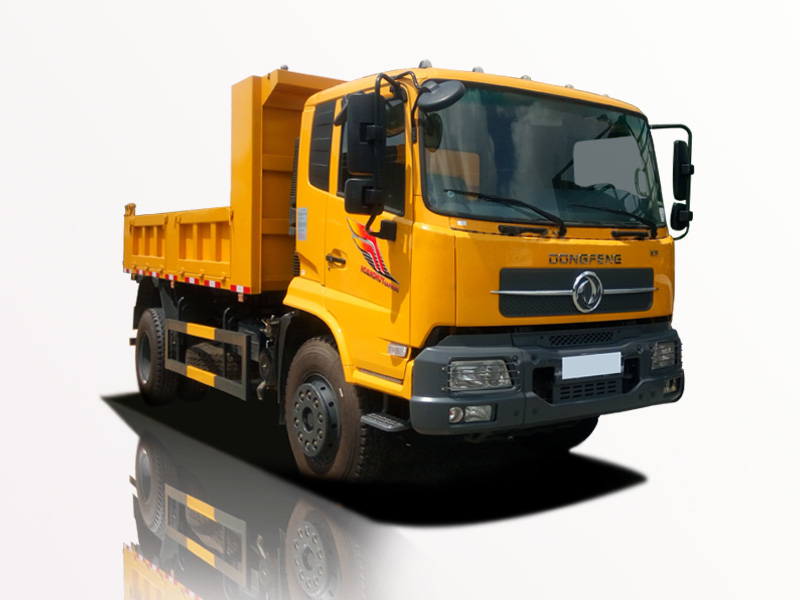Wiring your trailer lights is an essential task for every trailer owner. Properly functioning trailer lights not only ensure safety on the road but also comply with traffic regulations. This guide will walk you through everything you need to know about trailer light wiring, from understanding the basics to troubleshooting common issues.
Understanding Trailer Light Wiring
What is Trailer Light Wiring?
Trailer light wiring involves the setup and connection of electrical components that power the lights on your trailer. These include brake lights, turn signals, and running lights, which work in unison with your vehicle’s lighting system.
Types of Trailer Lighting Systems
- 2-Wire Systems: Common in smaller trailers, usually consisting of one wire for running lights and another for brake and turn signal lights.
- 4-Wire Systems: More common in larger trailers, includes a separate wire for left turn, right turn, running lights, and ground.
- 7-Wire Systems: Used for trailers with additional features like electric brakes and auxiliary power.
Wiring Components for Trailers
Essential Wiring Components
Before starting your trailer light wiring project, gather the following components:
- Wiring Harness: The main bundle of wires that connect your vehicle to the trailer.
- Connectors: Allow easy connection/disconnection between your vehicle and trailer.
- Lights: Include brake lights, turn signals, and running lights.
- Ground Wire: Essential for completing the electrical circuit.
Choosing the Right Gauge Wire
Using the correct gauge wire is critical for efficient and safe electrical flow. Here’s a quick reference table for wire gauges commonly used in trailer wiring:
| Wire Gauge | Use |
|---|---|
| 16 AWG | Common for running and tail lights. |
| 14 AWG | Good for brake lights and turn signals. |
| 12 AWG | Ideal for heavy-duty applications and long wire runs. |
Steps to Wire Your Trailer Lights
Step 1: Gather the Necessary Tools
Before starting, make sure you have the following tools:
- Wire strippers
- Soldering iron (optional)
- Electrical tape
- Multimeter
- Heat-shrink tubing
Step 2: Prepare the Trailer
Clean the areas where you will install the lights and determine the correct placement for each light. Ensure the surface is free of dust, dirt, and rust.
Step 3: Connect the Wiring Harness
Start by connecting the wiring harness from your vehicle to the trailer. Match each wire color with its respective function, usually as follows:
- Brown: Running lights
- Yellow: Left turn signal
- Green: Right turn signal
- White: Ground
Step 4: Install the Lights
Attach the lights to your trailer securely. Use the manufacturer’s instructions as a guide. Ensure that they are positioned correctly for visibility and compliance with regulations.
Step 5: Ground Connections
Attach the ground wire firmly to the trailer frame or a designated grounding point. A solid ground connection is critical for proper light functioning.
Step 6: Test the Lights
Before hitting the road, it’s crucial to test all lights. Connect the trailer to your vehicle and activate each light function, including running lights, turn signals, and brakes.
Troubleshooting Common Trailer Light Issues
Identifying Wiring Problems
If your trailer lights are not functioning correctly, follow these troubleshooting tips:
- Check the fuses: A blown fuse can disrupt power supply to your trailer lights.
- Inspect the wire connections: Loose or corroded connections can cause lights to malfunction.
- Use a multimeter: Check the voltage at various points in the wiring to locate faults.
Common Issues with Trailer Lights
| Issue | Possible Causes | Solutions |
|---|---|---|
| No Lights | Blown fuse, faulty ground | Replace fuse, check ground connection |
| Lights Flicker | Loose connections | Tighten all wire connections |
| One Light Working | Corrupted wire | Inspect and replace damaged wiring |
Maintenance Tips for Trailer Light Wiring
Regular Inspections
Make it a habit to inspect your trailer wiring and lights regularly, especially before long trips. Look for any signs of wear, corrosion, or damage.
Keep Connections Clean
Ensure that all connections are clean and free from moisture to prevent corrosion. Use dielectric grease on connections to protect them from the elements.
Proper Storage
When not in use, store your trailer in a dry location. This will help protect the wiring and lights from harsh weather conditions and prolong their life.
Upgrading Your Trailer Light System
LED vs. Incandescent Lights
When considering an upgrade, LED lights are more energy-efficient, longer-lasting, and brighter than traditional incandescent lights. Although they may cost more upfront, their longevity and reduced energy consumption can save you money in the long run.
Adding Additional Features
Consider adding features like brake controllers and additional lighting for enhanced safety. These can be particularly useful for larger trailers or when transporting valuable cargo.
FAQs About Trailer Light Wiring
What gauge wire should I use for trailer lights?
The standard gauge for wiring trailer lights is 16 AWG for running lights and 14 AWG for brake and turn signals. For heavy-duty applications, 12 AWG is recommended.
How do I know if my trailer lights are grounded properly?
You can check for proper grounding by using a multimeter to test voltage at the lights. If there’s no power, check the ground connection.
What do I do if my trailer lights are dim?
Dim lights can indicate poor connections or insufficient power supply. Check all wiring connections and ensure there’s no corrosion or damage.
Can I use my vehicle’s wiring harness on multiple trailers?
Yes, as long as the wiring harness is appropriate for each trailer’s lighting configuration. Make sure to disconnect and protect the connectors from moisture when switching trailers.
Are LED trailer lights worth the investment?
Yes, LED lights provide better visibility, energy efficiency, and durability. They also have a longer lifespan compared to incandescent bulbs, which makes them a worthwhile investment.
How often should I check my trailer light wiring?
It’s advisable to inspect your trailer light wiring at least once a year, and before any significant trips to ensure everything is functioning properly.





